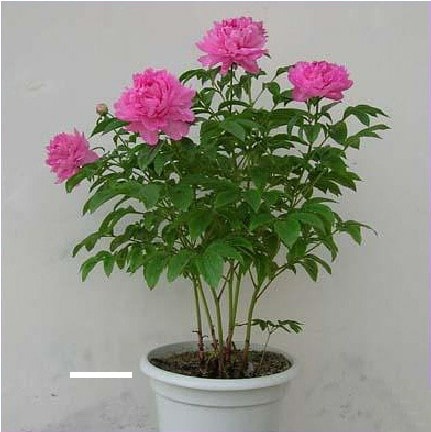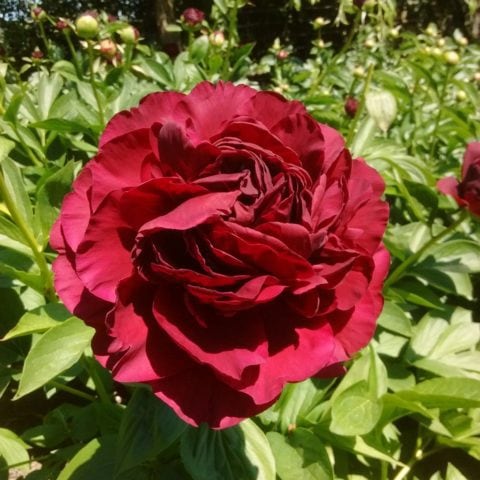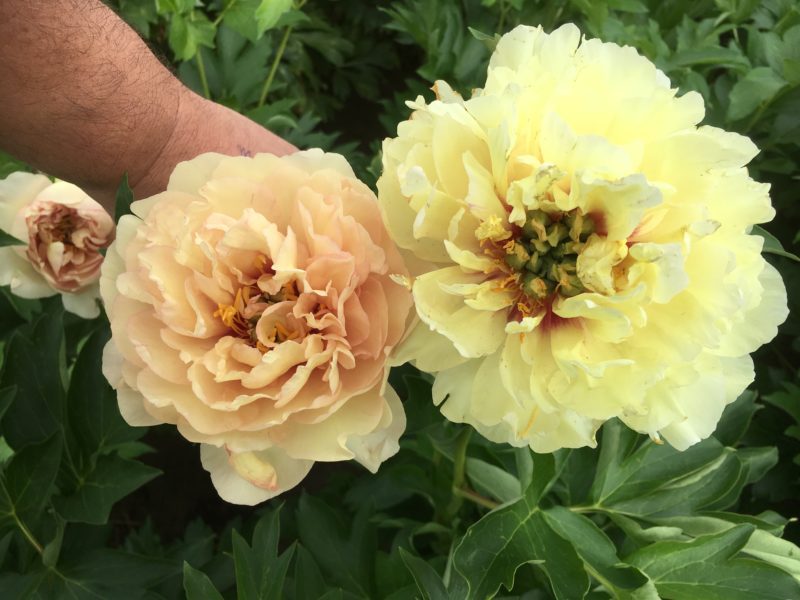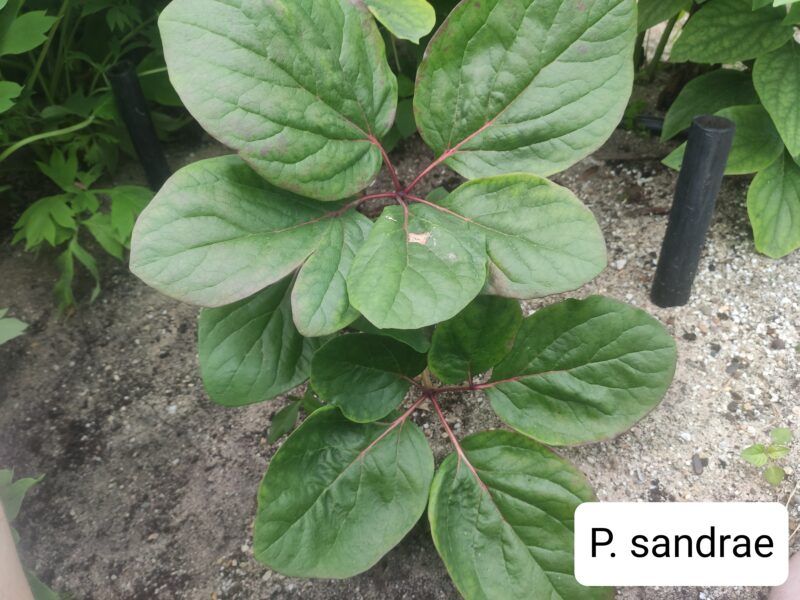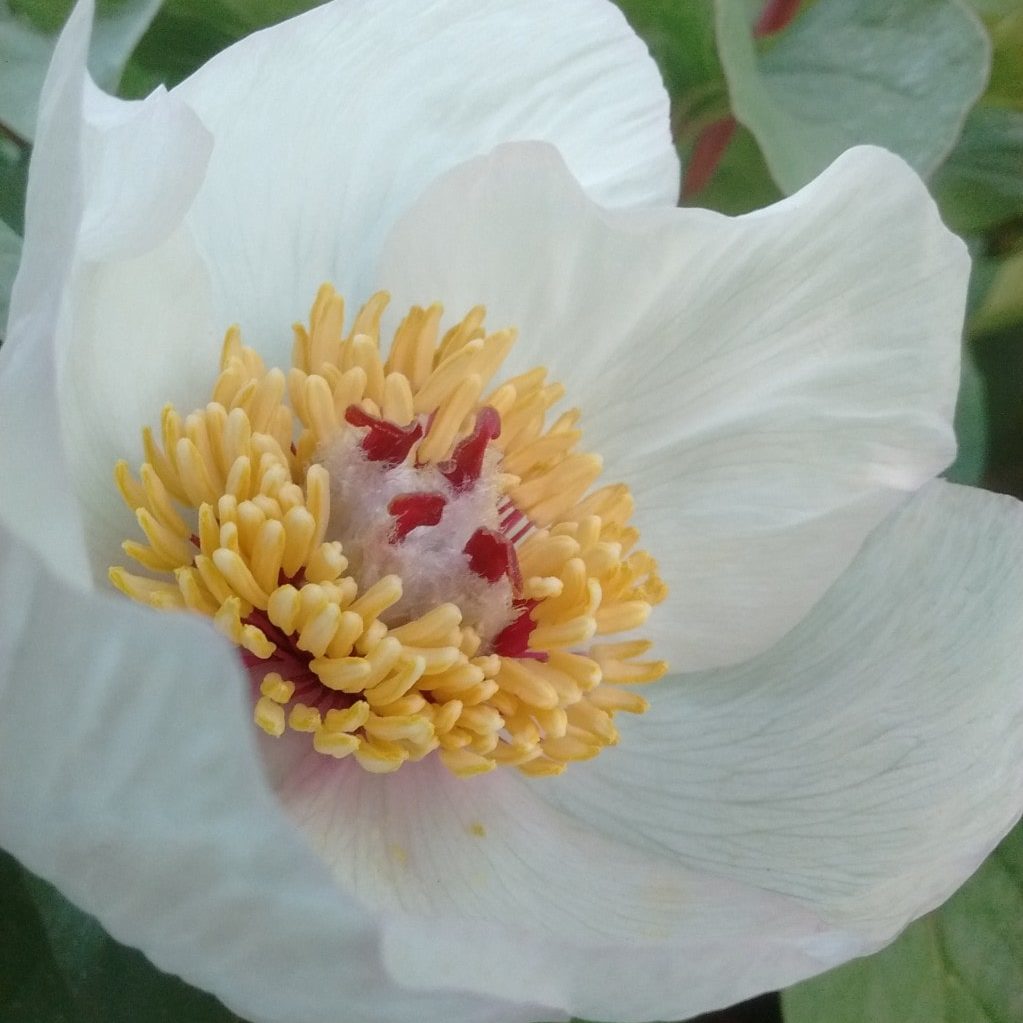Where is The Best Place to Plant Peonies – Understand in Which Conditions Peonies Thrive
The garden Peonies are a renowned, long-lived perennial that blossoms gloriously in the spring and has gorgeous leaves all year. However, where is the best place to plant peonies? An established peony will blossom for many years if given a good setting and appropriate maintenance.
Peonies dating back over a century have been discovered, meaning that this beautiful flower can last extremely long in a suitable environment. Peonies grow to be around three feet tall and broad as they are tall. In May or June, they produce fragrant blooms with a diameter of 3 to 6 inches.
Many gardeners grow Peonies for the pure pleasure of it, but they also serve as a high-priced bloom for floral design work. Due to the high quality of the flowers and a large number of varieties available, herbaceous peonies are ideal for commercial production. These flowers come in a variety of colors and styles, including double, semi-double, bomb, and single with many varieties having long and robust stems.
What are the less glamorous components of establishing a peony garden? Soil nutrition, watering, and continual plant upkeep are all things to consider. By looking at the broad picture and concentrating your efforts on all these areas from the start, you can optimize your garden’s long-term production potential while also enjoying the peace of mind that comes with starting a project with a well-defined strategy. So, without further ado, let’s understand where the best place is to plant peonies.
Where is The Best Place to Plant Peonies?
When planted in the correct place with suitable soil conditions, peonies are quite straightforward to grow. Most cultivars thrive in zones 3–8 in the USA, and they appreciate a sunny location with good drainage. Growers in hotter climes may wish to choose a place with some shade to protect their plants from the midday sun’s heat.
If you live in a colder climate, peonies will thrive in a sunny area all day. Peony roots that are planted in soil that does not drain well may rot, so choose your planting location carefully. Raised beds can aid with drainage, and clay soils, which is one of the favorite soils for peonies, will require good drainage to ensure a thriving surrounding.
Plant peonies apart from trees and big bushes. Plant development and blooming will be hampered by the shadow cast of the trees and shrubs, as well as competition for water and nutrients. Wet locations encourage root rot and frost heave, which can harm and kill peonies. Plant peonies at 3 to 4 feet apart.
When propagating peonies, you must take into account a few things. Tree peonies are usually grafted onto herbaceous rootstocks, only very rarely are they divided. Layering may be a possibility for the average gardener and is explained in this article. Herbaceous peonies are more easily propagated: plants should be carefully dug out in autumn and gently shaken to eliminate loose dirt from the root system. Alternatively wash away all remaining soil to better see where the eyes are located and where you can best divide the clump into pieces. Ensure that they contain at least 3 to 5 eyes (buds) and a portion of the root system in each segment. Place the herbaceous peony plant 1 to 2 inches below the soil surface, with the eyes facing up. Flowering will be a stunt if you plant too deeply. Fill the hole with dirt and thoroughly water it. During the first fall and spring, water on regularly. Tree peonies should be planted deeper than herbaceous ones so that the grafting place is well below the soil and the graft will have the possibility to grow its own roots.
Why Do Your Peonies Fail to Bloom?
What are the mistakes that gardeners make that make peonies fail to bloom? Here is a list of the more common reasons, try to understand these and act accordingly.
• Peonies are not big enough (have fewer than three eyes).
• Herbaceous peonies are placed too deep in the ground.
• Surrounding trees and bushes compete with the peonies too much.
• Peonies receive too much shade, resulting in tall, leafy plants with few flowers.
• Too much nitrogen fertilizer was applied to the Peonies, causing them to produce more foliage rather than blooms.
• Peonies are weak and tiny due to a lack of nutrients.
Companion Plants That Go Well With Peonies
When talking about peonies, we must mention some of the companion plants that will not compete with them for sunlight, water, and nutrients. Gardeners often forget that some plants are more dominant and will leech the necessities that make Peonies grow and flourish into beautiful flowers.
So, Peonies bloom well with Columbines (Aquilegia), such as the “False Indigo” and the “Speedwell”. Other than these two, they bloom well with Irises and Roses. We recommend planting white Peonies with yellow Irises. As we mentioned, try to avoid planting Peonies near bushes and trees. In other words, Peonies go well with other flowers which are of mid-range height.
Final Thoughts On Where is The Best Place to Plant Peonies
In conclusion, for Peonies, it is best to aim for a place that has well-drained soil and plenty of sun. If you live in a region that has elevated temperatures, you can use a half-shade for your Peonies, that way they will not burn.
On the contrary, if you are planting Peonies in the northern parts where the temperatures are lower, the full sun will not hurt them.
Lastly, Peonies are beautiful and impressive flowers that are perfect for any garden, you can plant them as a hobby, or you can look at them from a commercial perspective and generate a business out of them.
Nonetheless, you will not make a mistake if you plant these incredible flowers in your garden.
Tony Manhart is the founder and editor-in-chief at Gardeningdream. Tony’s enthusiasm and rich experience in all things related to growing plants have led him to share his knowledge with gardening aficionados all over the world. When he is not working around his garden, Tony spends his time writing tips and tricks on various subjects related to plant cultivation and soil maintenance.





